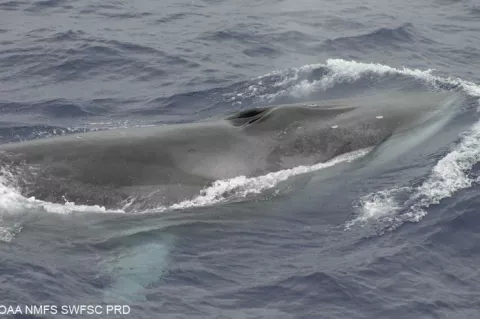Fishes look out for their buddies
In pairs of coral reef rabbitfishes (f. Siganidae), one fish frequently assumes an upright vigilance position in the water column, while the partner forages in small crevices in the reef substratum. Both behaviours are strongly coordinated and partners regularly alternate their positions, resulting in a balanced distribution of foraging activity.
- Read more about Fishes look out for their buddies
- Log in to post comments














